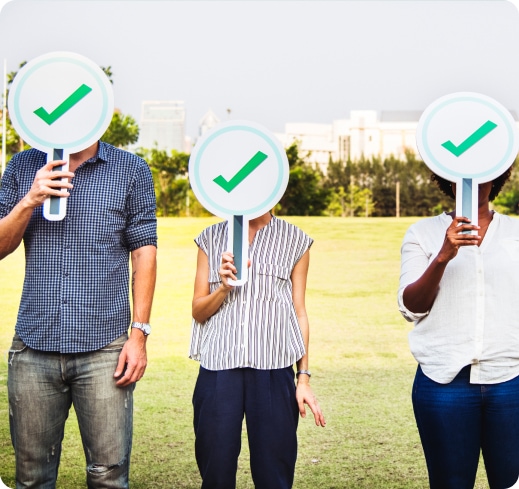404 Day: A Closer Look at Internet Censorship in Schools and Libraries
April 4th, or “404 Day,” is a day to think about how we use the internet and the issues we face while navigating it. The “404” error, which often pops up when a page can’t be found, reminds us of the problems we sometimes face when trying to access information. This day is a good time to talk about internet censorship, especially in schools and libraries.
Censorship online is a big topic, and it’s often a topic of debate in schools and libraries. While these places aim to provide a safe environment for students, the question is: how much should they limit what students can access?
Internet filters are often used in schools to block websites that might be considered inappropriate or distracting, like social media, gaming sites, or adult content. The idea is to keep students focused and protect them from harmful material.
Why censorship happens
The main reason for censorship is to keep children and young adults safe from harmful or inappropriate content. It’s meant to protect students from things like explicit material, cyberbullying, or harmful opinions.
Schools and libraries often put firewalls in place to stop students from visiting websites that could distract them from their studies or expose them to dangerous content. This makes sense, but it can also go too far.
The downside of over-censorship
While the intention is good, censorship can sometimes block access to useful and educational material. Some websites that provide academic resources, research, or even cultural content could be wrongly blocked. This limits students’ ability to explore important topics and access information that would help them in their learning.
Over-censorship also risks shutting off access to different points of view. In a time where critical thinking and understanding diverse perspectives are crucial, blocking content that challenges one’s beliefs or exposes students to new ideas can prevent growth and exploration.
Teachers and librarians: finding the balance
Teachers and librarians have a key role in managing this issue. They need to make sure students are learning safely but also have access to the information they need. Instead of just applying strict filters, some believe it’s better to teach students about safe online behaviour and how to spot credible sources of information.
Teaching digital literacy is just as important as teaching traditional subjects. Students should be able to use the internet wisely, knowing how to search for and evaluate information, while also learning how to avoid harmful content.
The importance of digital literacy
In today’s world, digital literacy is as important as reading and writing. Schools and libraries should not just be places where students go to find information, but also places where they learn how to navigate the digital world safely. Instead of blocking large chunks of the internet, we should focus on educating students about how to use it responsibly and make smart choices.
Striking the right balance
While it’s important to protect students from harmful content, it’s just as important to make sure they don’t miss out on valuable resources. Striking the right balance between protection and freedom is tricky, but it’s necessary.
If we go too far with censorship, we risk limiting students’ learning experiences. On the other hand, too little protection could expose them to dangerous or inappropriate material.
404 Day is a chance to think about how we use the internet, especially in schools and libraries. It’s a good time to consider how censorship affects students and how we can find a balance between keeping them safe and giving them access to a wide range of useful information. The internet is a powerful tool for learning, and we need to make sure students can use it to its full potential.
To find out more about the services eSafeguarding offers, contact our friendly team today.
